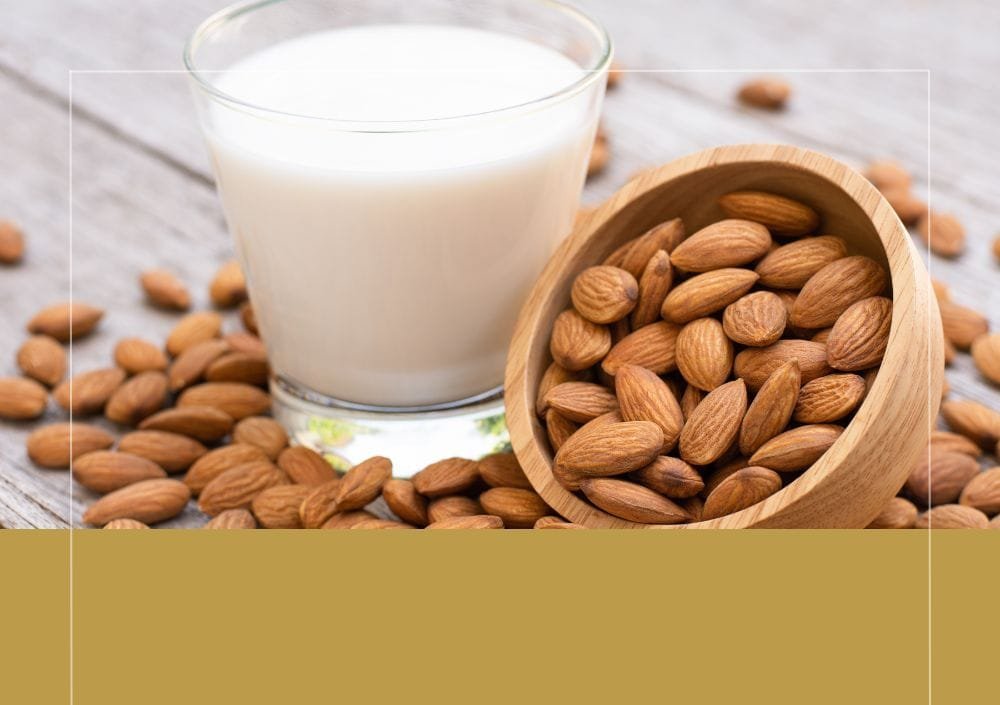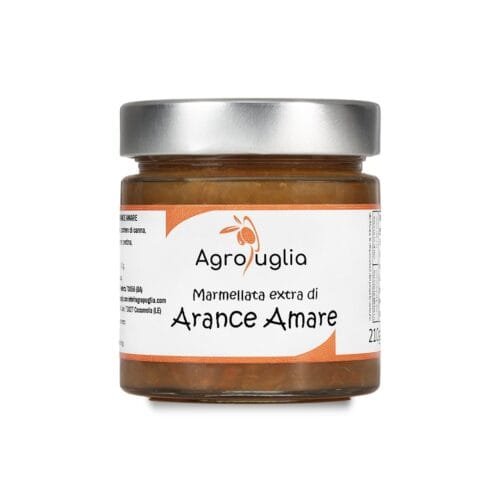Almond Milk: History, Benefits, and Use for Children
Almond milk is a plant-based beverage that has become increasingly popular, especially among those seeking alternatives to cow’s milk. Beyond its tasty and versatile nature, almond milk boasts a rich history filled with interesting facts and significant nutritional benefits. Additionally, its use is on the rise among children. Let’s dive into everything you need to know about this valuable beverage.
Origins of Almond Milk
The origins of are ancient, dating back to the Middle East and the Mediterranean, where almonds have been cultivated for thousands of years. During the Middle Ages, almond milk gained popularity in European monasteries due to its utility as a substitute for animal milk during fasting periods. Moreover, its longer shelf life compared to fresh milk made it a favored choice in times of scarcity.
The Legend of Almond Milk
One of the most captivating legends about almond milk originates from Sicily, a region rich in traditions and myths. According to the legend, a severe famine once struck the city of Syracuse, severely testing the resilience of its people.
During a long and harsh winter, the city became isolated due to heavy snowfall, which made food transportation impossible. The inhabitants of Syracuse, exhausted by hunger, fervently prayed to Saint Lucy, their patron saint, for assistance.
In response to their prayers, Saint Lucy appeared in a dream to one of the city’s most devout farmers, guiding him to a specific location in the countryside where she instructed him to dig. The following morning, the farmer, accompanied by other citizens, went to the designated spot and, to their great surprise, discovered an almond tree in full bloom beneath the snow and earth, despite it being winter.
This miraculously blooming almond tree, laden with fruit, became a symbol of hope. The people gathered the almonds and, unsure of how to best utilize them, decided to grind them and mix them with water to create a nutritious and restorative beverage. Thus, almond milk was born, symbolizing abundance and divine protection.
In gratitude, the people of Syracuse began to celebrate the blooming of the almond tree each year with a festival dedicated to Saint Lucy, during which almond milk was distributed to all participants. This legend has deeply rooted almond milk in Sicilian culture as a symbol of hope and nourishment, closely linked to the protection of the patron saint.
Today, remains beloved across Sicily, cherished not only for its delightful flavor but also for its symbolic and cultural significance, tied to this ancient legend of miracles and abundance.
Essential Vitamins and Minerals
One of the key benefits of almond milk is its high vitamin E content, a potent antioxidant that plays a crucial role in protecting cells from oxidative damage. Vitamin E also promotes healthy skin by helping to maintain elasticity and prevent signs of aging. Additionally, it strengthens the immune system, aiding in the protection against infections and illnesses.
Furthermore, fortified almond milk is often enriched with calcium and vitamin D, both of which are essential for maintaining healthy bones. Calcium is crucial for preserving bone density and preventing diseases such as osteoporosis, while vitamin D enhances the body’s ability to absorb calcium effectively. As a result, this combination makes almond milk a valuable alternative to cow’s milk, particularly for those who cannot or prefer not to consume dairy products.
Healthy Fats and Low Calorie Content
Almond milk is also known for its content of monounsaturated fatty acids, which are beneficial “good” fats that offer significant heart health benefits. These fats help reduce levels of bad cholesterol (LDL) in the blood, thereby lowering the risk of cardiovascular diseases. Moreover, almond milk typically has a lower calorie content compared to cow’s milk, making it an ideal choice for those who wish to manage their weight without compromising on taste or nutrition.
Lactose and Gluten Free
Since is lactose-free, it is an excellent option for those who are lactose intolerant, a condition that makes it difficult to digest cow’s milk. Additionally, most almond milk varieties are gluten-free, making it a safe choice for individuals with celiac disease or gluten sensitivity.
Anti-Inflammatory and Digestive Friendly
Almonds possess natural anti-inflammatory properties, and almond milk retains some of these benefits. Consuming almond milk can help reduce inflammation in the body, which is linked to numerous chronic diseases. Furthermore, almond milk is easy to digest, making it an excellent choice for those with digestive issues or anyone seeking a light and refreshing beverage.
Almond Milk for Children: What to Know
Introducing almond milk into a child’s diet requires careful consideration. For infants, almond milk is not an adequate substitute for breast milk or formula, as it lacks the essential nutrients necessary for proper development. However, for older children, almond milk can be a healthy option, especially if it is fortified with calcium and vitamin D.
It is important to choose unsweetened versions of almond milk to avoid adding excess sugar to a child’s diet. When included as part of a balanced and varied diet, almond milk can help meet daily nutritional needs, always under the guidance of a pediatrician.
Uses of Almond Milk in Cooking
Almond milk is incredibly versatile and can be used in a wide variety of recipes, both sweet and savory.
Breakfast
Almond milk is an excellent choice to start the day. It can be used to prepare nutritious smoothies, combining it with fresh fruit, leafy greens, and seeds for an added boost of vitamins and minerals. It also serves as a great base for cereals or muesli, adding a delicate and slightly sweet flavor without the need for additional sugars.
For those who enjoy a warm breakfast, can be used to make porridge or oatmeal, providing a creamy texture and a unique taste. It is also the perfect ingredient for pancakes or waffles, where it can easily replace cow’s milk without affecting flavor or texture.
Beverages and Coffee
Almond milk is a great alternative to cow’s milk in coffee or cappuccino. Its light consistency and slightly nutty flavor complement coffee well, creating a delicious and lower-calorie beverage. It’s also perfect for making hot chocolate or golden milk, a drink made with turmeric and other spices, known for its anti-inflammatory properties.
Desserts
Almond milk can be incorporated into a wide range of sweet recipes, from puddings and creams to homemade ice creams. It can be used in cakes, muffins, and cookies to add moisture and a delicate flavor. Thanks to its creamy consistency, it’s also an excellent substitute for cow’s milk in vegan recipes, where it can be used to prepare dairy-free desserts.
One of the most famous desserts where almond milk is widely used is the Apulian almond pastries, delicious traditional sweets made with almonds, sugar, and egg whites. Characterized by a soft texture and intense flavor, these sweets are often adorned with a whole almond or candied cherry. Widely enjoyed across Puglia, almond pastries are a symbol of celebration and sharing, perfect for any occasion. They are easy to prepare and represent a true treasure of regional pastry, with variations that may include the addition of flavors like lemon zest or vanilla.
Savory Preparations
Though almond milk is more commonly used in sweet recipes, it can also be a surprising ingredient in savory dishes. For example, it can be used to create creamy soups, such as pumpkin or potato soup. Additionally, it is ideal for enriching a baked pasta dish or vegan lasagna, replacing traditional béchamel with an almond milk-based version. It’s also perfect for preparing light sauces, like a white sauce, which can accompany vegetable, rice, or pasta dishes. Almond milk can even be used as a base for marinades or to add creaminess to dishes like risotto.
Here is the traditional recipe for making homemade almond milk.
Ingredients:
- Blanched almonds: 200 g
- Water: 1 liter (plus extra water for soaking)
- Sugar: 2-3 tablespoons (optional, to taste)
- Lemon zest: 1 piece (optional, for flavoring)
- Vanilla: 1 pod or 1 teaspoon of extract (optional, for flavoring)
Procedure:
Soaking the almonds: Place the blanched almonds in a bowl and cover them with plenty of fresh water. Allow them to soak for at least 8-12 hours, or preferably overnight. Soaking softens the almonds and makes it easier to extract the milk.
Drain and rinse: After soaking, drain the almonds and rinse them well under cold running water.
Blend the almonds: Place the almonds in a high-powered blender. Add about 1 liter of fresh water. Blend on high speed for about 2-3 minutes until you get a white and homogeneous liquid. If desired, add the sugar, lemon zest, and vanilla before blending.
Strain the milk: Place a fine-mesh strainer or double-layered cheesecloth over a large bowl. Pour the blended almond mixture into the strainer or cheesecloth, allowing the liquid to collect in the bowl below. Use a spoon or your hands to squeeze the ground almonds, extracting as much milk as possible.
Store the almond milk: Pour the strained almond milk into a bottle or airtight container and store it in the refrigerator. It stays fresh for 3-4 days. Shake well before each use, as it is normal for homemade almond milk to separate during storage.
Notes and Tips:
- Almond residue: The almond pulp left after straining (called okara) should not be wasted! You can use it in various recipes, such as cookies, cakes, or added to yogurt and cereals.
- Alternative sweetener: If you prefer to avoid sugar, you can sweeten almond milk with dates, maple syrup, or honey.
- <strong




















